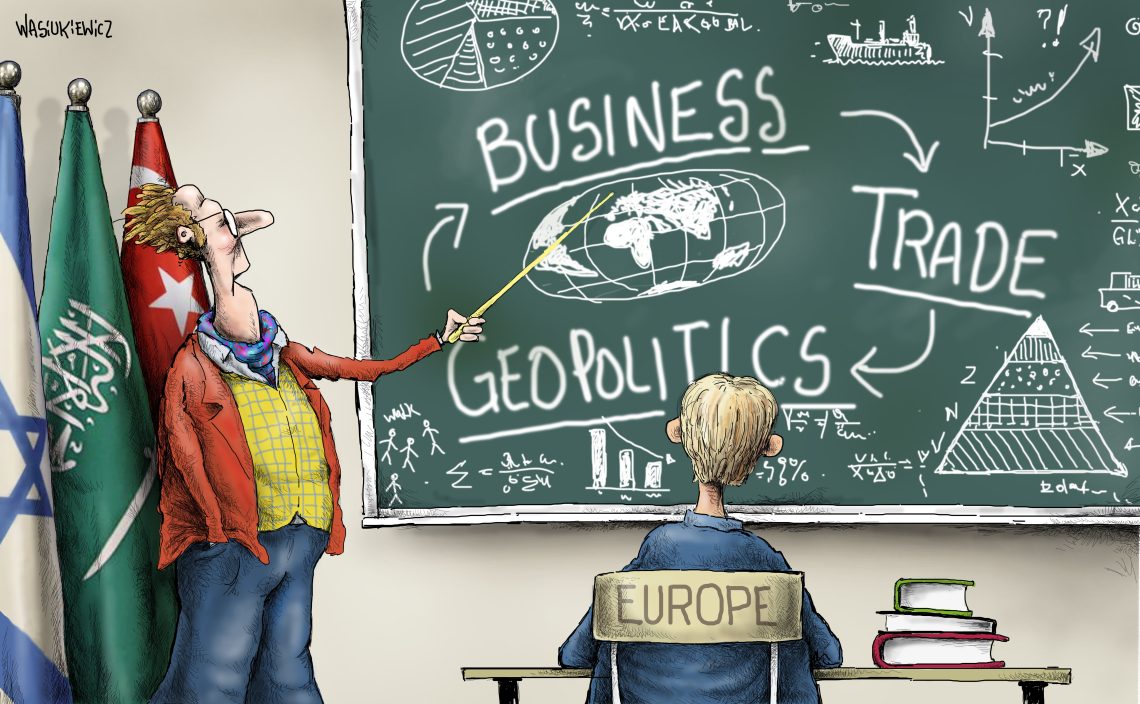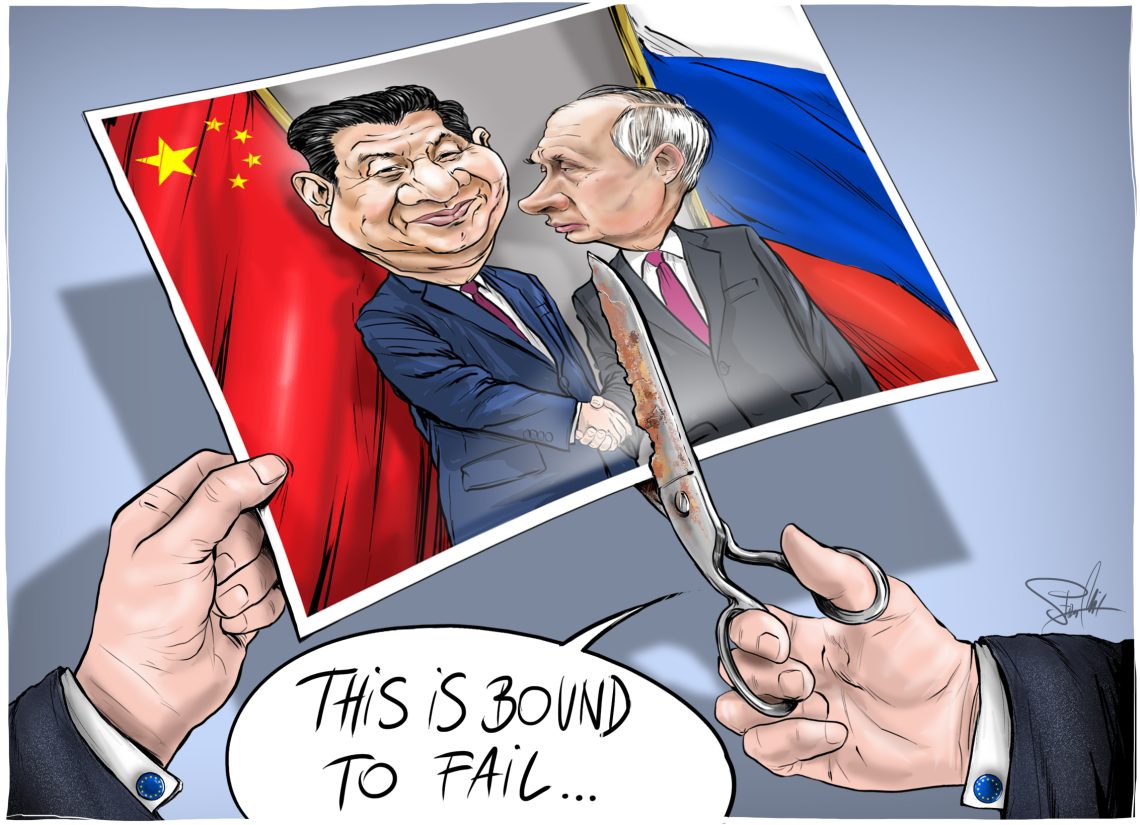Can sleepwalking mediocrity lead the world to war?
The world is rearming. Conflicts, including potential ones, are making headlines: Ukraine, Taiwan, the Middle East. Other terrible wars on the sidelines of public attention are raging with tremendous bloodshed in Eastern Congo, Sudan and Myanmar.
The Trump administration wanted to end the wars in Ukraine and the Middle East, but despite considerable effort, it has not yet succeeded. At the same time, it wants to cede its role as global hegemon to concentrate on American interests.
Despite these intentions, positions are hardening. Moscow is flexing its muscles and Washington is sending nuclear submarines closer to Russia. Countries are developing new arms – such as drones and hypersonic missiles – and are preparing for war in new areas like the Arctic and space.
The West is losing its leading position in developing military technologies. China has developed hypersonic missiles that reach speeds up to Mach 20, which pose a significant challenge to aircraft carriers. The United States and Europe are lagging in this domain, and in drone development. Turkiye has become a new leader in many areas of the arms industry, especially when it comes to drones. It also has advanced hypersonic missiles and jet fighters. Ukrainian intelligence services recently revealed that Russia is building nuclear submarines with superior firepower while dismantling its only aircraft carriers, which are becoming obsolete.
These are just a few concrete examples. Yet armament is also taking place in cyberspace.
The rise of middle powers
The world is fragmenting and multilateral blocs are emerging. Regional powers, like Turkiye, Brazil, Indonesia and Saudi Arabia, are entering the geopolitical power play – and they are not taking sides: Not the traditional side of “the West” which claims the status of liberal democracies (North America, Europe, Australia, Japan etc.) nor the side of the authoritarian-labelled Sino-Russian alliance, including North Korea and Iran. India, a major emerging world power, has its own realistic agenda.
Most of the middle powers in South and Southeast Asia, the Middle East, Africa and South America do not want to be used as pawns in the “democratic-authoritarian” conflict. The terms of this confrontation, democracies vs. authoritarians, was coined at a summit of the G7, a loose association of the major Western economies: the U.S., Canada, France, Germany, Italy, Japan, the United Kingdom and European Union.
Most of the middle powers in South and Southeast Asia, the Middle East, Africa and South America do not want to be used as pawns in the “democratic-authoritarian” conflict.
What the West fails to fully comprehend is that these two confrontational blocs have themselves become a worldwide minority when it comes to population. Their birthrates are falling sharply.
The West has also lost its reputation as a leader in governance systems, economic performance, education and culture. Many leaders in the West − who still have a Cold War east-west mentality and see only a marginal role for the emerging world − have to come to terms with the new realities. But they lack foresight.
Mounting risks
As has been true throughout history, nobody wants a major war. In general, the zones that are most likely to see a big-power war are in Ukraine amid the Russia vs. West standoff, Taiwan with the U.S.-China conflict, and in the Middle East. Although these positions are hardening, they are still somewhat understood and contained.
In the Cold War it was easier. Final decisions were made in Moscow and Washington, with the deterrent being the nuclear threat of mutual destruction. Now we have many players, which as game theory tells us, multiplies the risk.
Potentially dangerous areas include the China-India-Pakistan triangle. The control of shipping routes and military bases in the Arctic may become a serious issue, hence President Donald Trump’s logical interest in Greenland. Beijing’s political agenda in the Belt and Road Initiative and China’s activities around Antarctica also come with risks.
A major issue now emerging is the division of satellite rights in space, as well as communication cables on the ocean floors. Russia leads in the development of underwater drones.
What could lead to a global war?
World War III is not probable – but is not excluded either. Besides the political and economic fragmentation, the spectrum of risk has become very complex. Various tools are now used for warfare and hybrid warfare, such as drones and cyberattacks. The new arenas underwater, in space and in the Arctic will play a dominant role. A scramble to establish control in the Far North is underway. Russia is poised to control the Northeast Passage and the U.S. sees Greenland as crucial in countering that threat.
The real danger is mediocrity.
A fundamental problem − besides the multitude of players, hot spots and novel tools of combat − is that we have a global crisis of political institutions. People are, understandably, losing trust in their governments and representatives. This problem is growing fast in Western democracies, but other countries also face this challenge. This is the perfect recipe for sleepwalking into disaster.
Highly criticized and contrarian personalities such as President Trump are not the danger. The real danger is mediocrity, which is a trait that, unfortunately, Western countries hold in spades.
This comment was originally published here: https://www.gisreportsonline.com/r/mediocrity-sleepwalking-war/
































